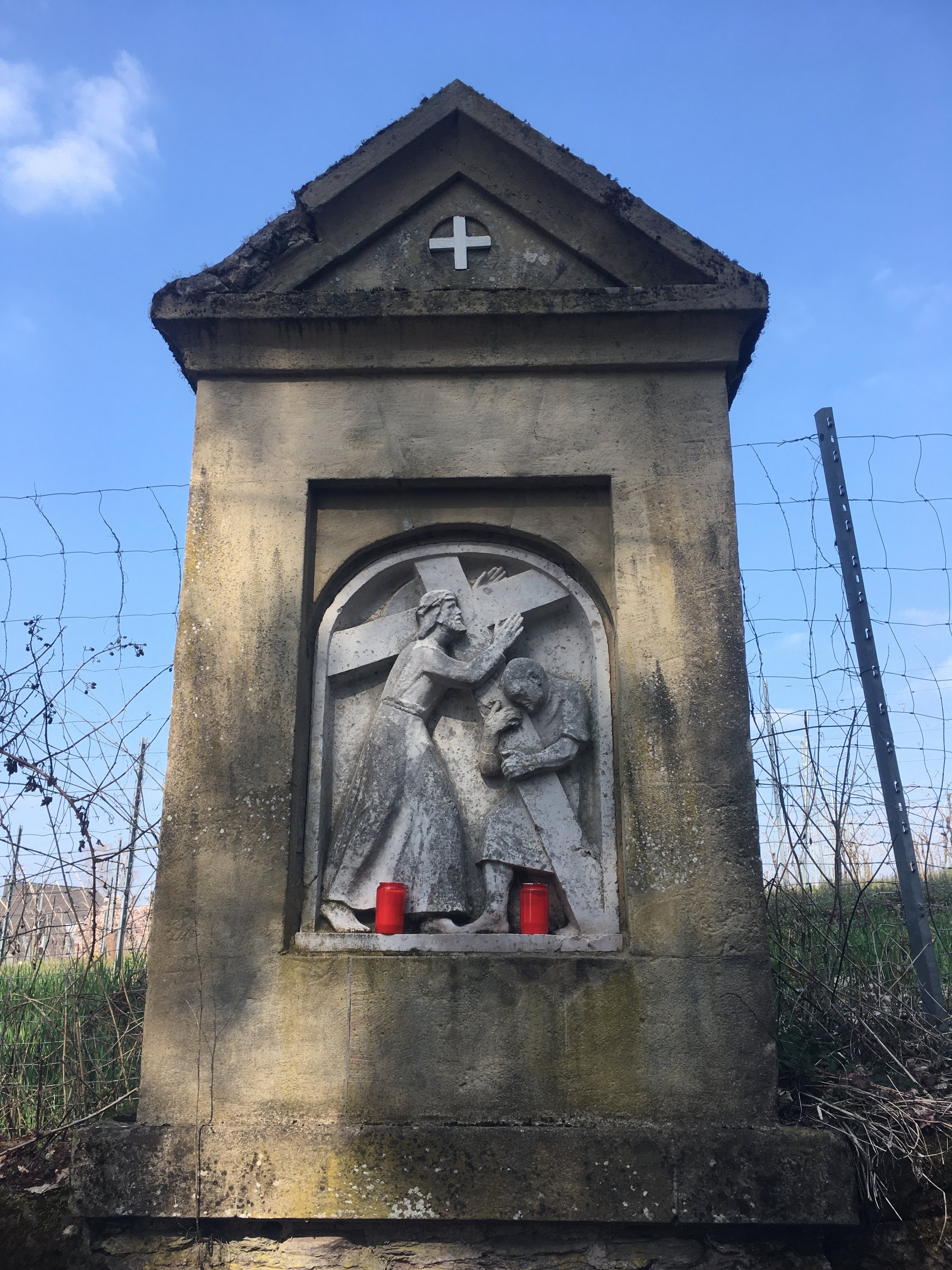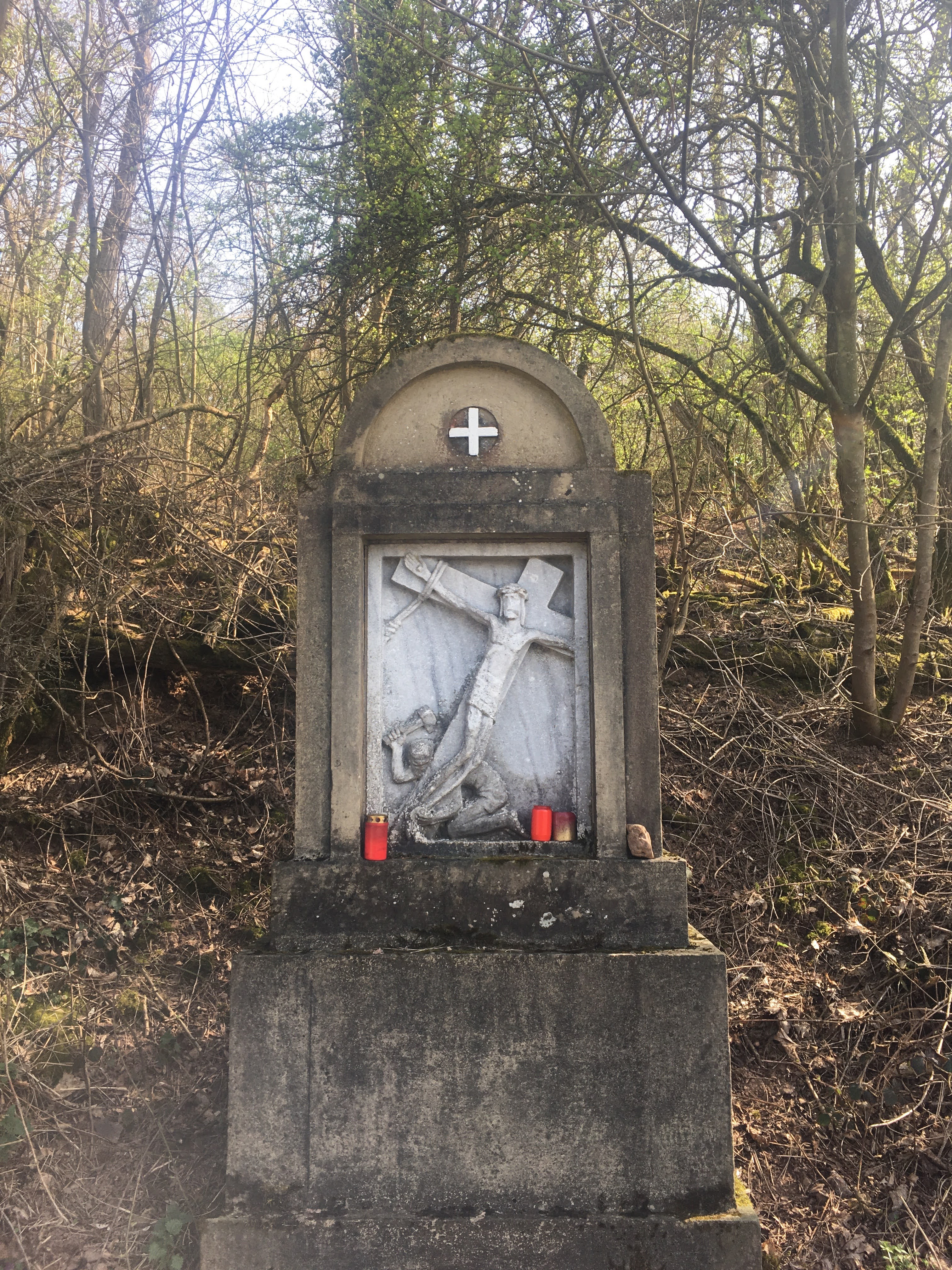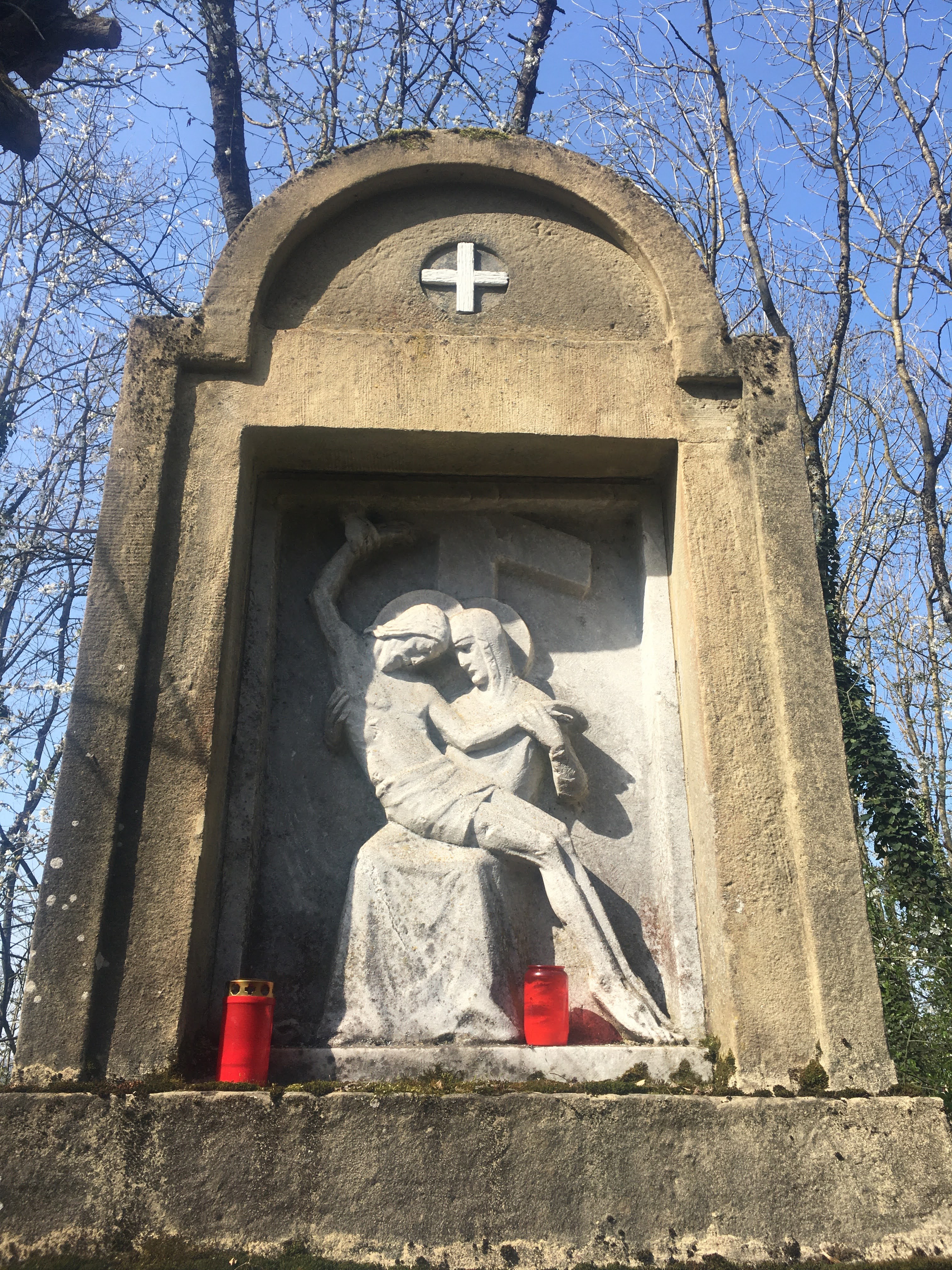
I am not religious, but I married someone who is, having grown up catholic and I now live in a part of Germany that is traditionally very Christian. Most of the public holidays in Germany are based on religious beliefs. Some more than others, depending on the area or state.
According to DW (Deutsche Welle) about 45.7 million Germans identify as Christian, or nearly 55% of the total population (2019). Muslims are the next largest religious group, comprising 4.5 million people, or 5% of the population. The third largest religious group is the Jewish community, with .01% of the population, or roughly 947,000 inhabitants. These German Christians are either Catholic or Protestants.
All that said, DW reports that only about ten percent of registered Catholics and only three percent of registered Protestants actually go to church, thus only supporting tradition. This keep up of tradition, includes these registered folks paying a ‘tax’ to the state to maintain their church. This allows these registered folks to be married in the church, to be baptised (or their children), and to be buried by their church as well.
In 2019, the Catholic Church and the Protestant Church collected a record-breaking €6.76 billion ($7.94 billion) and €5.95 billion ($6.98 billion) in church tax, respectively.
The right for churches to collect a de-facto membership fee in the form of a tax dates back to 1919, when the Weimar Republic introduced the measure to counter the financial aftermath of the separation of church and state.
The rate is currently set at 9 percent of one’s income for members above a minimum income threshold. The money helps keep parishes, church employees, daycares and other properties afloat.
“6 facts about Catholic and Protestant influence in Germany” DW.com
So, being that it is Easter weekend and the weather has been fantastic, my husband wanted to go on a walk to teach our son about the Stations of the Cross after our Easter dinner (lunch).


*We do not do the much hyped white asparagus in our house unless we have special guests.
I would like to take this opportunity to share with you a bit of this culture with pictures from our local walk.
If you are not religious, like me, what this usually means is that, at least in Germany, that there is a Kreuzweg, or ‘Way of the cross’ that is a path with fourteen pictures or carvings sharing the story of the condemnation to entombment of Jesus.
Generally people gather together to walk this path on Fridays in general, during Lent, which is the time that begins forty days before Easter, or on Good Friday, which is the Friday before Easter.
This practice apparently originated among the early Christians who visited Jerusalem walking “the traditional route from the supposed location of Pilate’s house to Calvary.” (Britannica.com) This traditional route initiated by Mary, who set up markers along the route to help her pray. In the 15th and 16th century, this practice was chartered in Europe with fourteen stations, most famously at Leuven, Belgium in 1505. In 1686 Pope Innocent XI granted the right of the Franciscans the right to create these stations. This was expanded in 1731 by Pope Clement XII to all churches in Europe, as long as they were built via collaboration between the Franciscans and local bishops. Finally, in 1857, Bishops in England were allowed to built the stations themselves, “and in 1862 this right was extended throughout the church”. (Wikipedia)
The text provided below is from The Word Among Us, a non-profit Catholic website.
These stations, or stopping places for reflection and prayer, include the following:

(1) Jesus is condemned to death. “Jesus was accused of many crimes he didn’t commit. He didn’t defend himself. He knew he needed to die for our sins.”

(2) Jesus accepts the cross. “The cross was big and heavy. It was hard for Jesus to carry it. Jesus carried the heavy cross without complaining once.”

(3) Jesus falls the first time. “Jesus was already badly wounded when he fell the first time. It must have hurt very much. Jesus got up and kept on going.”

(4) Jesus meets his mother. “Jesus knew that his mother was sad to see him suffering so much. But he was so happy she came to him. Mary loved Jesus very much.”

(5) Simon of Cyrene helps Jesus. “Simon didn’t come to help Jesus but to see what was going on. Then he was ordered by the soldiers to carry the cross, because Jesus was having such a hard time.”

(6) Veronica wipes Jesus’ face. “Veronica loved Jesus very much. When she stepped out to wipe his face, she risked getting in big trouble from the soldiers. Her love and kindness overcame her fear.”

(7) Jesus falls a second time. “Jesus fell again because he was so weak and tired from all his wounds. He still didn’t give up. He got back up and continued on.”

(8) Jesus meets the women of Jerusalem. “A lot of people were against Jesus, but a lot of people followed him. They were his faithful friends.”

(9) Jesus falls a third time. “It’s unbelievable that Jesus fell again and the soldiers didn’t help him. They only yelled louder for him to get up and continue on. Jesus didn’t get mad at them; he forgave them.”

(10) Jesus is stripped of his clothes. “To be without clothes in front of everyone is a humiliating thing. Jesus wasn’t ashamed because he knew his Father in heaven loved him and everyone who was there.”

(11) Jesus is crucified. “The soldiers drove nails through Jesus’ hands and feet. They lifted up the cross and put it in place. Jesus was in a lot of pain.”

(12) Jesus dies on the cross. “When Jesus died, the sky got dark and the ground started to shake. This made some people very scared. They saw that Jesus was innocent and that they had made a big mistake.”

(13) Jesus’ body is taken down from the cross. “Joseph of Arimathea (location uncertain) gave Jesus his own burial cave because Jesus didn’t have a place to be buried. Joseph was another one of Jesus’ friends who took a risk to help him.”

(14) Jesus is laid in the tomb. “Even when things look very difficult and sad, there is always hope that God can bring new life.”
At this fourteen station is a small cathedral that sits perhaps fifty people.
To learn more about the history of the stations of the cross you may look here to Wikipedia, as most other resources I could find were from other religious sources.
However, here is a video provided by DW/Euromaxx that further discusses Christianity in Germany.
Here is another YouTube video by Data Player visually represents how religion has changed relating to population growth from 1900 to 2100.
Finally, for a German language and culture lesson, here is a YouTube video provided by Easy German/ on “How Germans Describe God”.
At any rate, Happy Easter, Happy late Spring Equinox, Happy Earthly rebirth for the northern hemisphere, upcoming Ramadan, and other religious aspects of this seasonal time that I am sure I am missing.
*Please do not misunderstand my ignorance about other spiritual practices as disrespect. I just don’t know, but as this post hopefully shows, I am always willing to learn.
Over to You
Do you celebrate Easter? What is your favorite part of the celebration?
Are you religious? How has religion influenced your life or daily practice?

